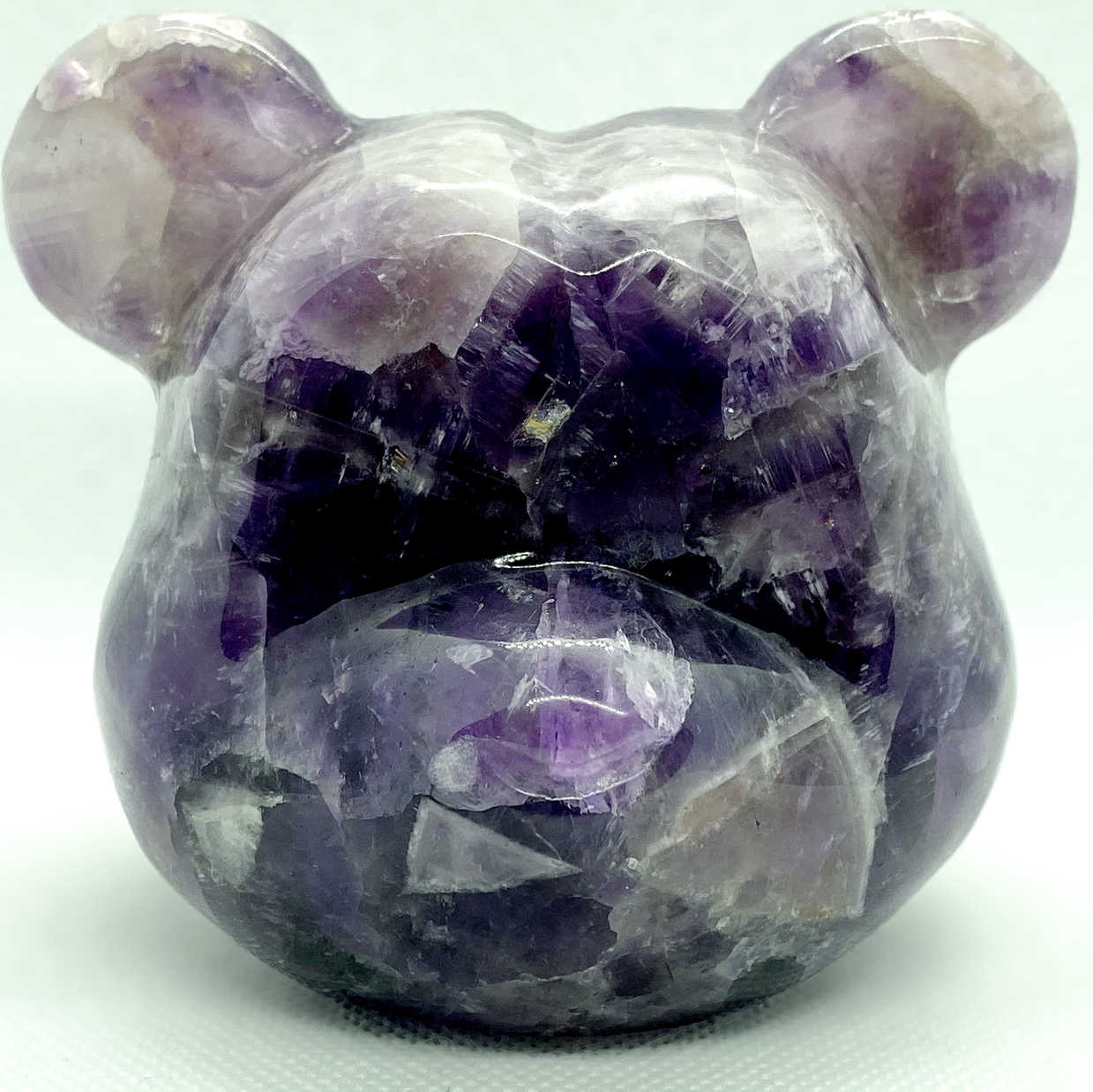
JPKS
No personal profile
99Follow
4Followers
0Topic
0Badge
Ok
Dow opens slightly higher after notching record close, S&P 500 is flat
Ok. Alright.
Sorry, the original content has been removed
Ok
Intel Reports Earnings Thursday. Here’s What to Know.
IPO
UiPath IPO: 5 things to know about the 'software robots' company valued at nearly $30 billion
what!
Sorry, the original content has been removed
Wow
Sorry, the original content has been removed
ok
Sorry, the original content has been removed
OK
Sorry, the original content has been removed
Cool
Bionano Genomics fell about 10% in Friday morning trading
Nahh
Sorry, the original content has been removed
Ok
Toplines Before US Market Open on Thursday
??
Sorry, the original content has been removed
Weee
Sorry, the original content has been removed
Already
Sorry, the original content has been removed
Jeeeezz
Is Bitcoin Displacing Gold As An Inflation Hedge?
Ooo
Sorry, the original content has been removed
wow wee
Sorry, the original content has been removed
Oo
Sorry, the original content has been removed
ok
Sorry, the original content has been removed
Go to Tiger App to see more news